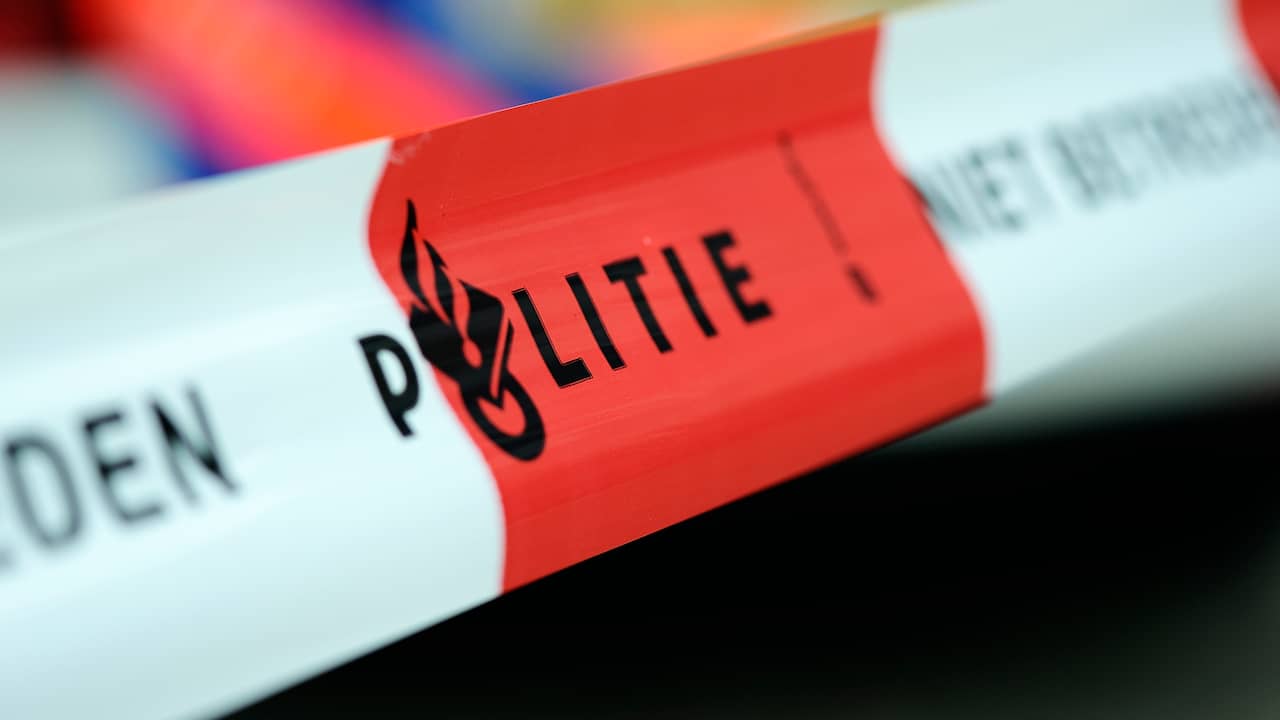-
fromEast Tinç
–
conclude
–
The Offenbacher Verkehrsbetriebe presents the first new electric buses. 3000 tons of CO2 should be saved annually with the 36 e-buses.
Anja Georgi spoke of a very “emotional moment” and “a milestone” in the 136-year history of Offenbacher Verkehrsbetriebe (OVB), Sabine Groß of a “great day for the city of Offenbach”. The OVB managing director and the head of mobility presented the first seven electric buses from the Solaris company on Thursday as part of a digital presentation, which will roll through Offenbach with the timetable change from December 13th. Mainly on route 104.
29 further e-buses will be delivered in two batches in spring and autumn 2021, so that by the end of the day 36 of the 87 city buses will be electrically operated. Of these, 26 are so-called standard buses and the other ten are articulated buses. With the commissioning of the electric bus fleet, the city hopes to reduce noise by more than 3000 tonnes of CO 2 as well as 1300 tonnes of nitrogen oxides and ten kilograms of particulate matter. “Offenbach is one of the pioneers of the traffic turnaround,” said Hesse’s Transport Minister Tarek Al-Wazir.
The purchase of the electric buses is part of the package of measures to comply with the clean air plan. Otherwise, Deutsche Umwelthilfe (DUH) threatened diesel driving bans. The costs for the procurement of the e-buses and the charging infrastructure are 25.9 million euros, of which the city has to bear 12.7 million euros. State and federal government are funding the whole thing with 13.2 million euros.
The e-buses should attract attention
The deputy OVB managing director Heiko Linne emphasized how the operating costs for the new bus fleet develop in practice and collect data. “We assume that the operating and maintenance costs are cheaper than for conventional buses.”
The e-buses should attract attention, which is why they were designed with deer, woodpeckers, squirrels and a forest landscape. In large letters it is written: “Better air” and “Breathe”. The buses are equipped, among other things, with a pedestrian warning system for the visually impaired, an outside loudspeaker and USB charging stations at the four-person seats. The batteries are located on the roof and in the rear of the vehicles. Heating and air conditioning are carried out electrically via a heat pump.
The twelve-meter-long standard buses have 33 seats and 44 standing spaces, the 18-meter long articulated buses 45 seats and 53 standing spaces. The buses are charged in the depot with green electricity and at an external charging point at the Kaiserlei. The latter must be done by the 230 drivers who are currently being trained in handling the buses. “So we still have a lot to do,” emphasizes Anja Georgi.
–


